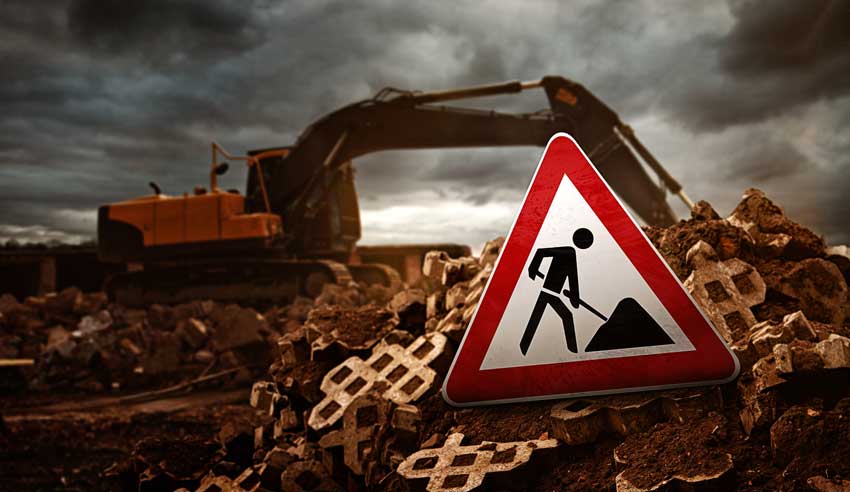
“Working in the trenches” is a euphemism often used in our language for a tough situation – either in a positive connotation of putting in the work to get through it, or the glass-half-empty, fatalistic viewpoint of how much harder that spot makes life.
Working in trenches, in a literal context, is also tough, hard work that can be very dangerous, by its very nature.
There are, though, methods to make it safer and easier. According to OSHA, here are several preventative measures to implement to protect workers from injury or fatality:
Inspect trenches daily before work begins. Don’t go near an unprotected trench. Excavation safety software can help you ensure that your trenches are safe to work in by providing key safety measures and protocols to follow.
- Check weather conditions before work, be mindful of rain and storms.
- Keep heavy equipment away from trench edges.
- Be mindful of the location of utilities underground.
- Always wear proper protective equipment.
- Don’t work beneath raised loads.
- Conduct atmosphere tests. If low oxygen and toxic gases were detected, workers must not enter the trench.
- Protective systems like benching, sloping, shoring and shielding must be created.
- Planning and implementation of safety measures must be done by a competent person.
- Use a checklist to perform regular self-inspections.
In addition to being beneficial from a financial and time perspective to follow safety procedures, look at it as a moral imperative to make sure you, your family, your employees and colleagues are taken care of. It’s all about protecting resources – including the most important of all.
